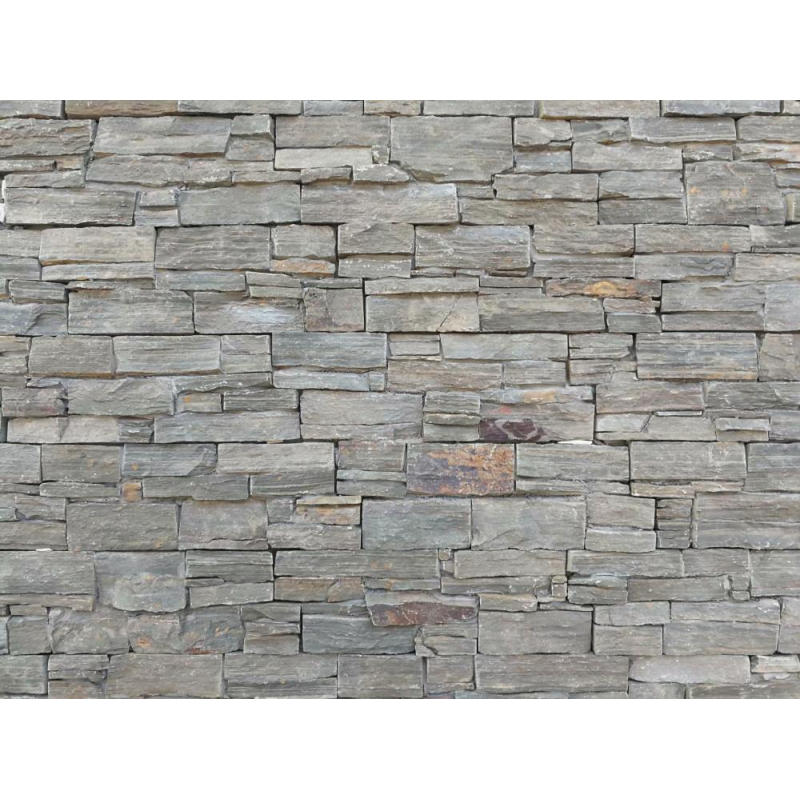
Природен камен е еден од најчесто користените материјали што се користат во домовите и градините. Но, дали некогаш сте застанале да се запрашате од каде потекнуваат вашите конкретни камени плочки, тули или под?

Natural stone was created thousands of years ago when the Earth was just a ball of mineral gases. As these gases began to cool down, they compressed and solidified to form the world we know today. It was during this process that natural stone was formed – the type of stone created depends on what type of minerals were combined at that time. This was a slow process that occurred over millions of years. As the Earth began to settle, many of these seams of stone were gradually pushed to the surface by heat and pressure, creating the large formations we see today.
Stone can come from anywhere in the world, and the type of stone is determined by its origins. There are quarries in America, Mexico, Canada, Italy, Turkey, Australia, and Brazil, as well as many other countries around the globe. Some countries have multiple natural stone quarries, whilst others only have a few. Let’s look in closer detail at where particular stones originate and how they were formed.
Мермер is the result of limestone that has been altered through heat and pressure. It’s a versatile stone that can be used on virtually anything – statues, stairs, walls, bathrooms, counter tops, and more. Usually seen in white, marble is also common in black and grey tints, and has great weather endurance.
Кварцит потекнува од песочник кој е изменет преку топлина и компресија. Каменот главно доаѓа во бела боја, но може да се најде и со кафеави, сиви или зеленикави нијанси на него. Тој е еден од најтешките типови на природен камен, што го прави одличен избор за фасади на згради, шалтери и други структури за кои се потребни тешки камења.
Гранит првично бил магматичен камен кој бил изложен на магма (лава) и изменет преку изложеноста на различни минерали. Каменот најчесто се наоѓа во земји кои забележале висока вулканска активност во одреден момент и е достапен во огромна разновидност на бои од црна, кафеава, црвена, бела и речиси сите бои помеѓу нив. Гранитот е одлична опција за кујни и бањи поради неговите антибактериски квалитети.
Варовник е резултат на компресија на коралите, морските школки и другиот живот во океаните заедно. Постојат два вида варовник, потврд тип кој е полн со калциум и помек тип со повеќе магнезиум. Тврдиот варовник често се користи во градежната индустрија, или се меле и се користи во малтер поради неговиот водоотпорен квалитет.
Блустоун is sometimes referred to as basalt, and is one of the most common natural stones around the world. Bluestone forms through the alteration of lava, and because of this, is one of the closest stones to the Earth’s surface. Basalt is generally darker in colour, and is used as house roofing and floor tiles because of its hard texture.
Шкрилец беше создаден кога седиментите од шкрилци и калливи камења беа изменети преку топлина и притисок. Достапен во бои од црна, виолетова, сина, зелена и сива, чеша стана популарен избор за покриви бидејќи може да се сече тенко и да издржи ниски температури со минимална штета. Шкрилец често се користи и како поплочување на подот поради неговата трајна природа.
Травертин is created when floodwaters wash through limestone, leaving mineral deposits throughout. As it dries out, the extra minerals solidify to gradually create a much denser material called travertine. This stone is good as a replacement for marble or granite, as it’s much lighter and easier to work with, yet still durable. For this reason travertine is often used on floors or walls, and is estimated to last around fifty years if maintained regularly.